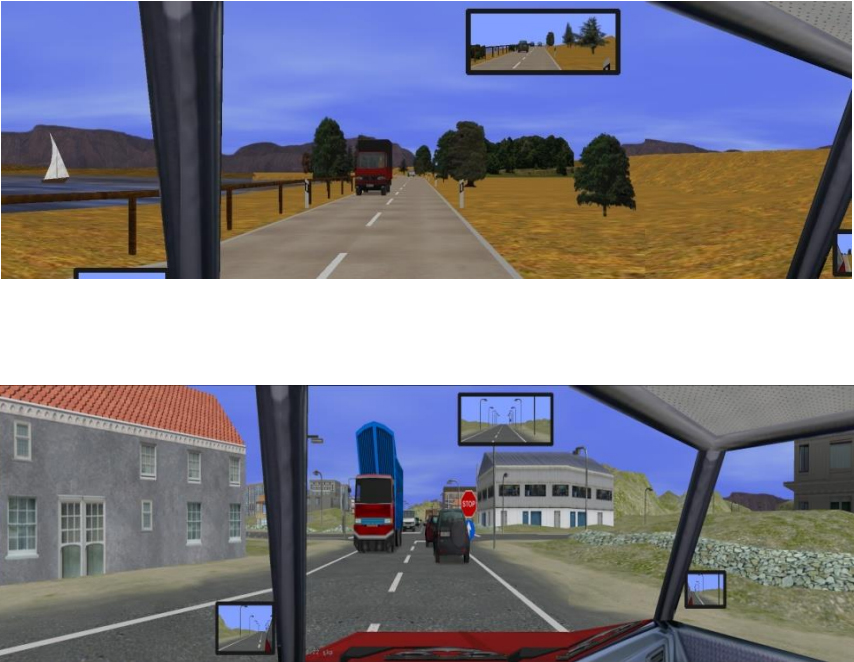
The objective of this research is the investigation of the effect of road and traffic environment parameters on different types of distracted driving. For this purpose, a driving simulator experiment was carried out at the simulator of the National Technical University of Athens, in which participants were asked to drive under different road and traffic conditions (urban and rural area), and under different types of distraction (conversation with passenger, mobile phone). The data collected from the driving simulator experiment include both longitudinal control measures (mean speed, headways), lateral control measures (lateral position) and the reaction time of the driver at unexpected incidents. The results suggest that participants either talking on the mobile phone or with a passenger drive at lower speed and with increased headway compared to driving without any distraction source, especially in rural areas with low traffic. Furthermore, conversation with passenger indicates higher variability in vehicle lateral position and increased reaction times at unexpected incidents.
| ID | pc180 |
| Presentation | |
| Full Text | |
| Tags | driver behaviour, driver distraction, driving simulator |







